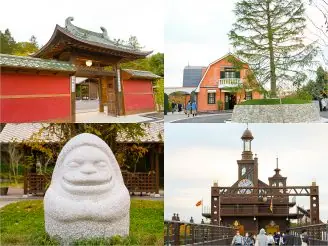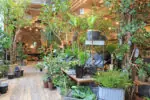[Nagoya] Find the Great Green Buddha, Sleeping Benten, and Japan's No.1 Wooden Drum at Toganji Temple
![[Nagoya] Find the Great Green Buddha, Sleeping Benten, and Japan's No.1 Wooden Drum at Toganji Temple](https://life-designs.jp/wp/wp-content/uploads/2021/03/image22-13.jpg)
Table of Contents
Toganji is located in a residential area in Chikusa ward, Nagoya City. The temple is full of highlights, including the Nagoya Daibutsu, which is the only one in Nagoya City, the sexy Sleeping Benten, and the largest wooden fish in Japan. Based on the history, I will report what kind of temple it is.
What about access? Where is the entrance?
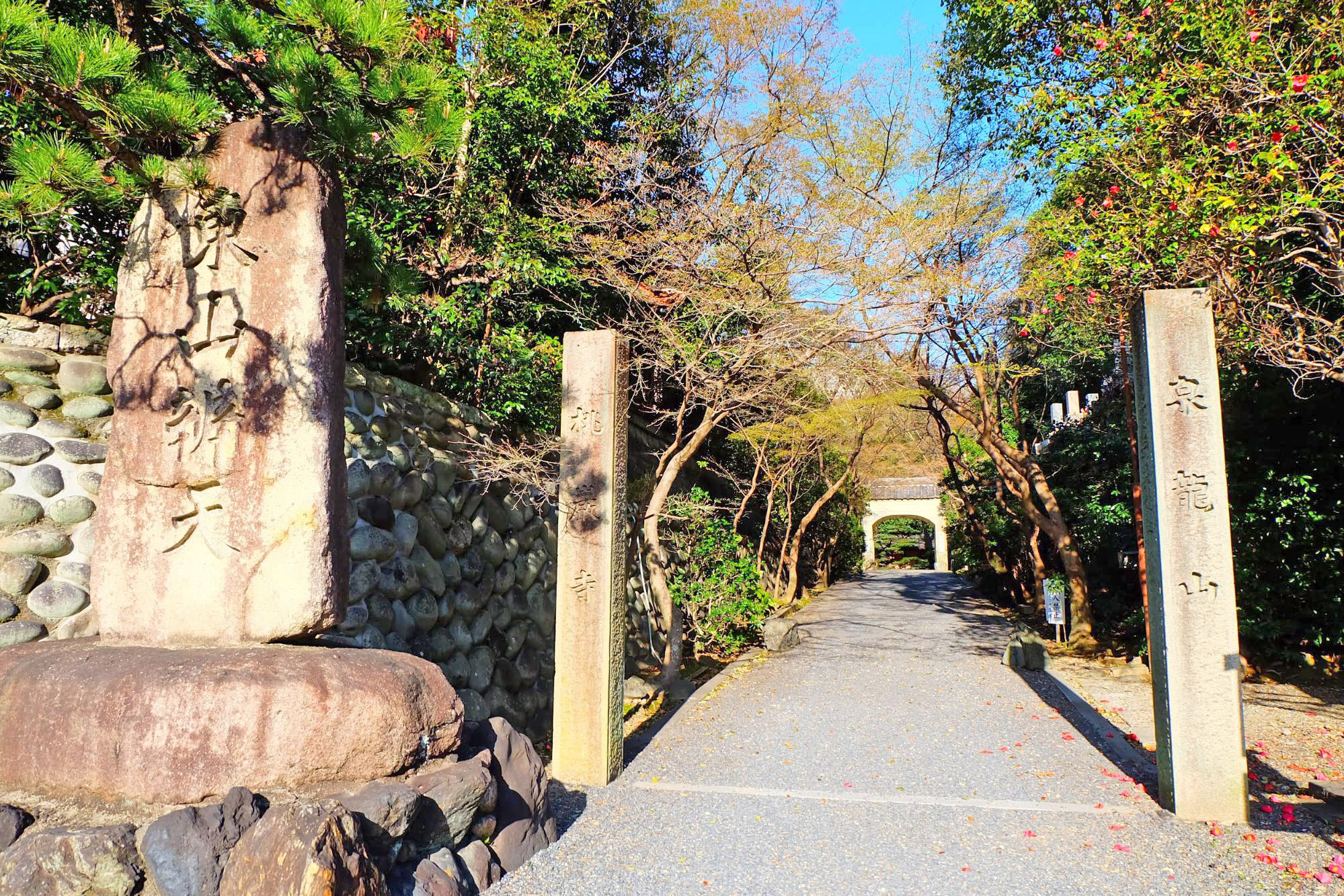
First of all, it is the entrance of Toganji Temple, but the main gate is along Yotsuya Street. By train, walk south for about 5 minutes on Nobori-zaka from Motoyama Station on the Higashiyama Subway Line and it will be on your left.

If you are driving, you will see a sign for a parking lot on your left, just before the main gate. Then, just before this parking lot, turn left and go down the residential street.
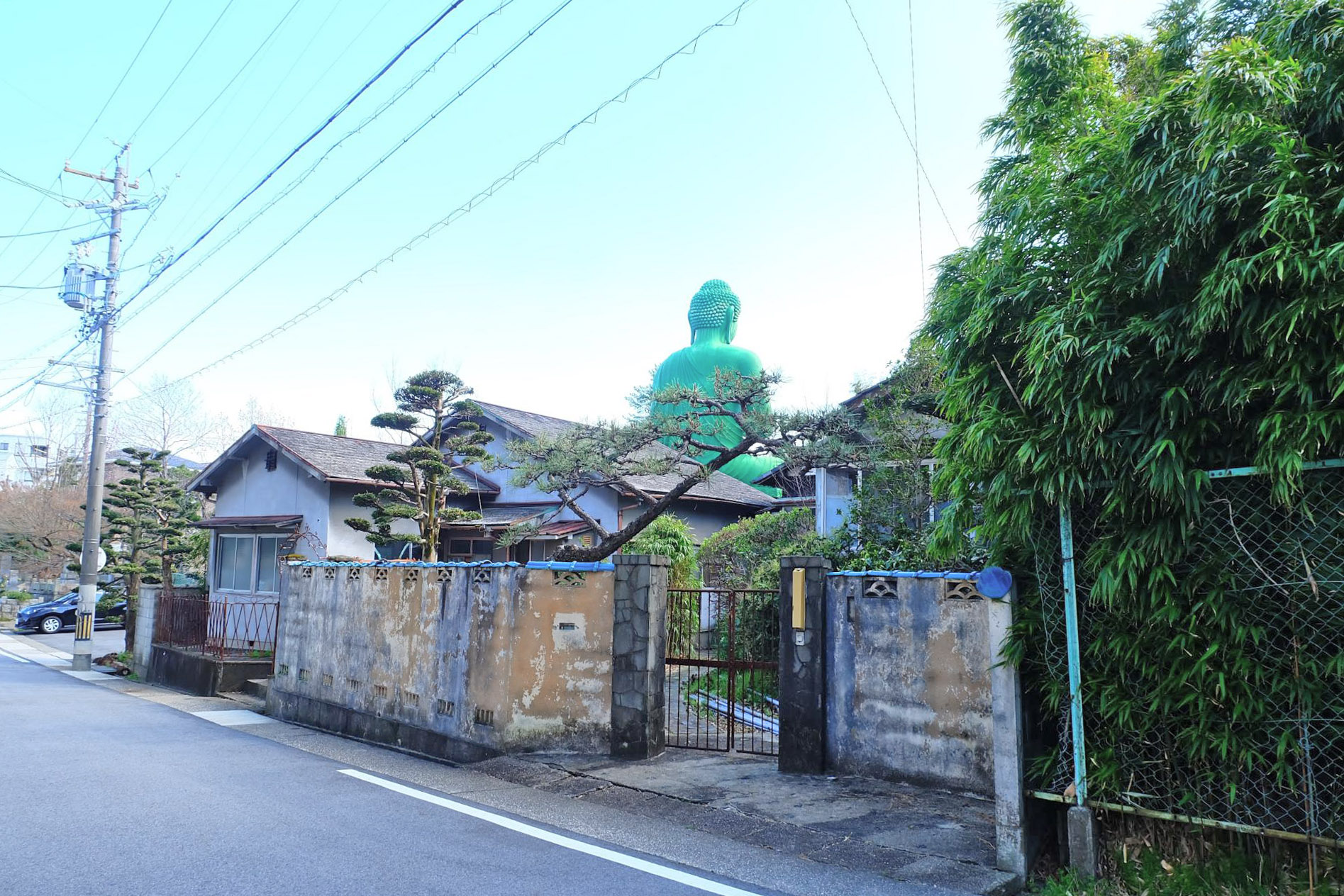

Suddenly there is the back of a huge giant Daibutsu (great buddha)! Further on, there is a parking lot on the right where about three cars can be parked, so you can also enter the temple from here. If you want to see only the Daibutsu, you can enter directly into the Daibutsu area! If you just want to see the Big Buddha, you can enter the Daibutsu area directly from here.
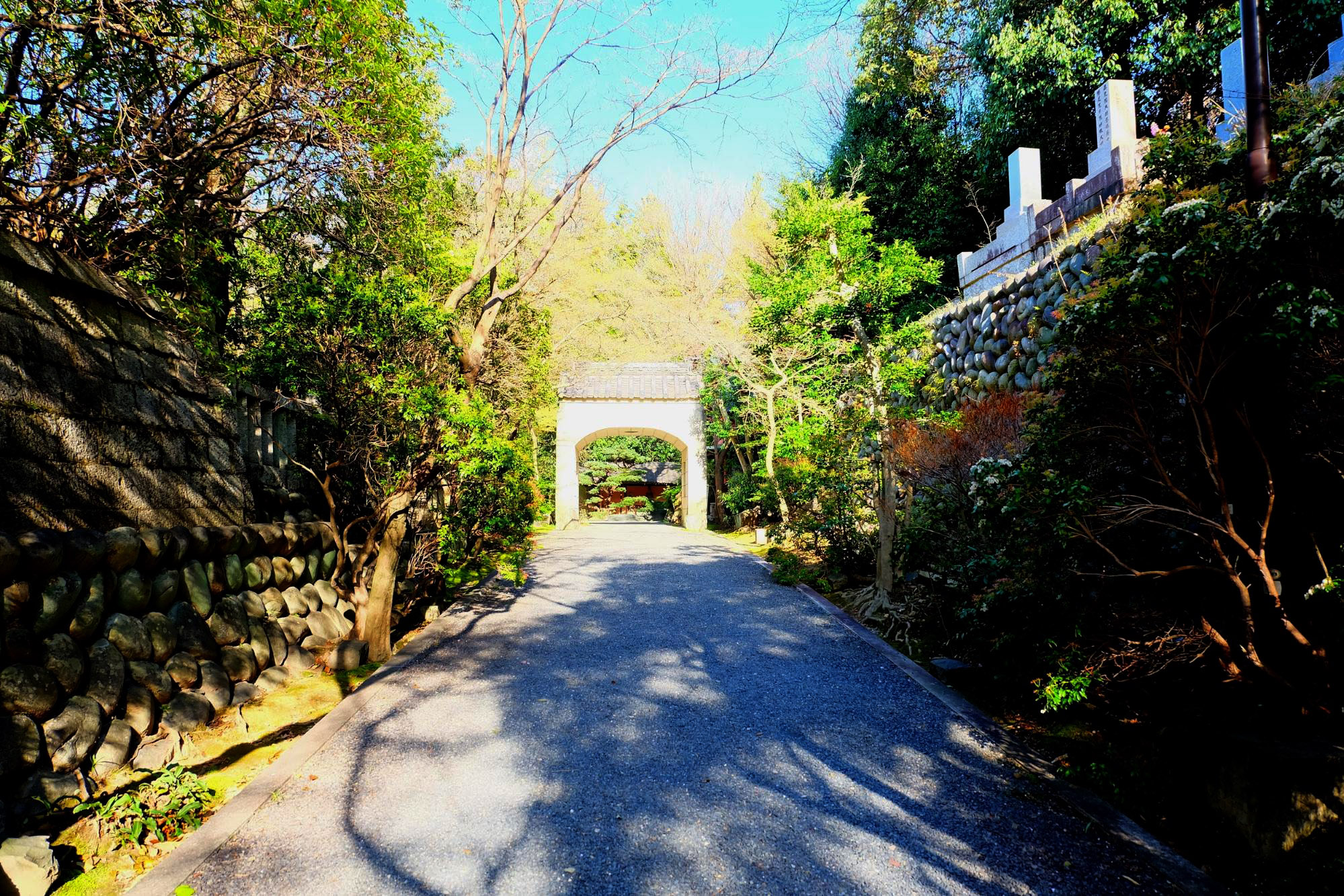
By the way, when you enter from the main gate, there is a long approach to the shrine, and beyond that is the first gate, the “Seijomon” gate. Fresh green is vivid in spring, and autumn leaves change color in autumn.
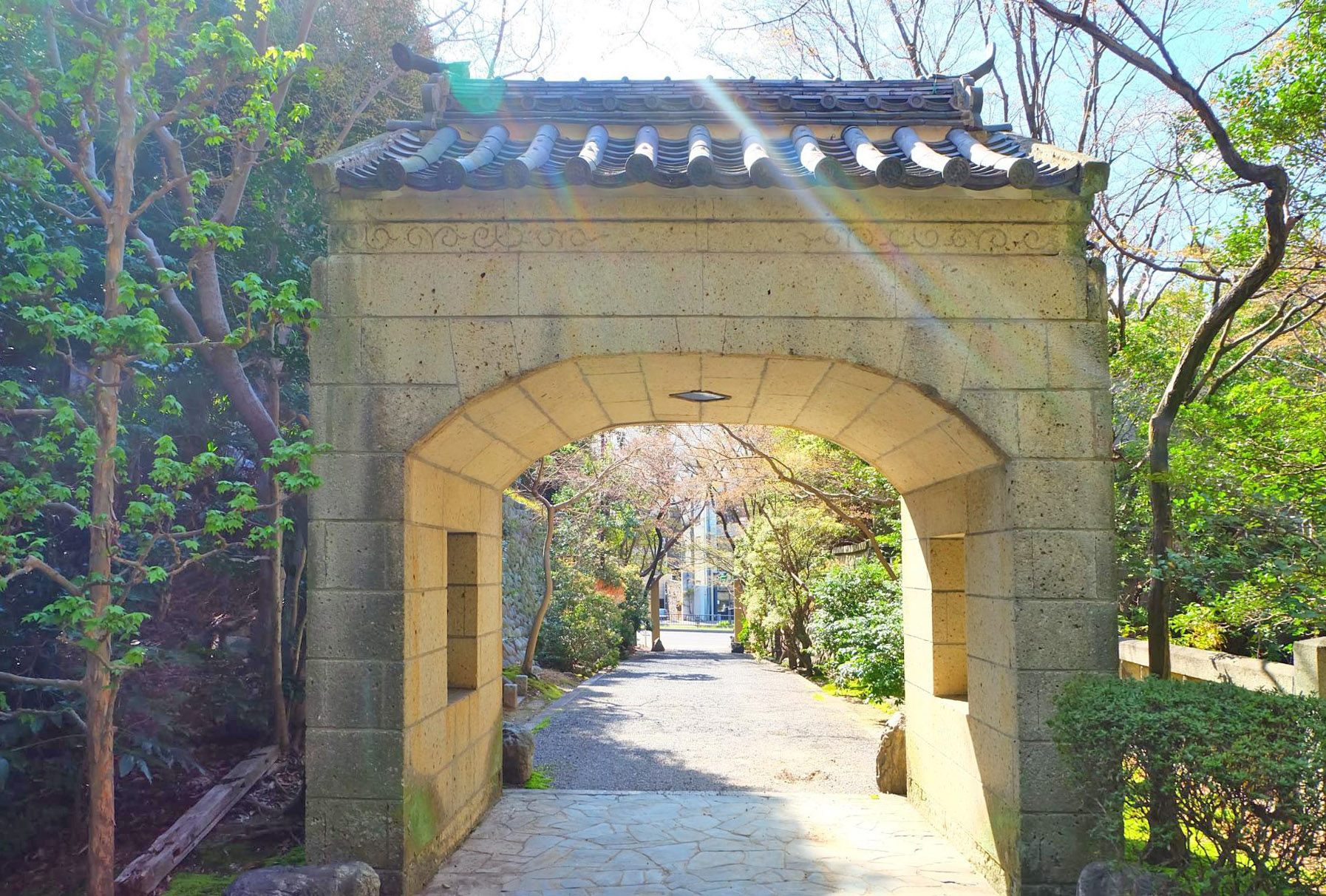
Once you pass through the Seijomon Gate, the hustle and bustle of the bustling city suddenly transforms into a quiet space.
Built as a family temple for Oda Nobunaga's father, Nobuhide

If you go further, you will be greeted by the "Furomon" with its eye-catching contrast of vermilion and white. It is also called "Ryugumon" because its shape is reminiscent of Ryugu Castle (palace of the dragon king).

The history of Toganji Temple is that Nobuhide Nobunaga's father, Nobuhide Oda, died of illness at Suemori Castle in 1549, and Nobuyuki, Nobunaga's younger brother, became the lord of the castle. Nobuyuki built this Temple to mourn his father's death. When the temple was first built, it was a place to offer incense and flowers to the Buddha.
Later, the temple was dedicated to the image of the Benzaiten (goddess of mercy) as a guardian deity, and the Sacred Avalokitesvara Bodhisattva, created by the Tendai Sect priest Eshinsozu, was enshrined as the principal image of the temple.
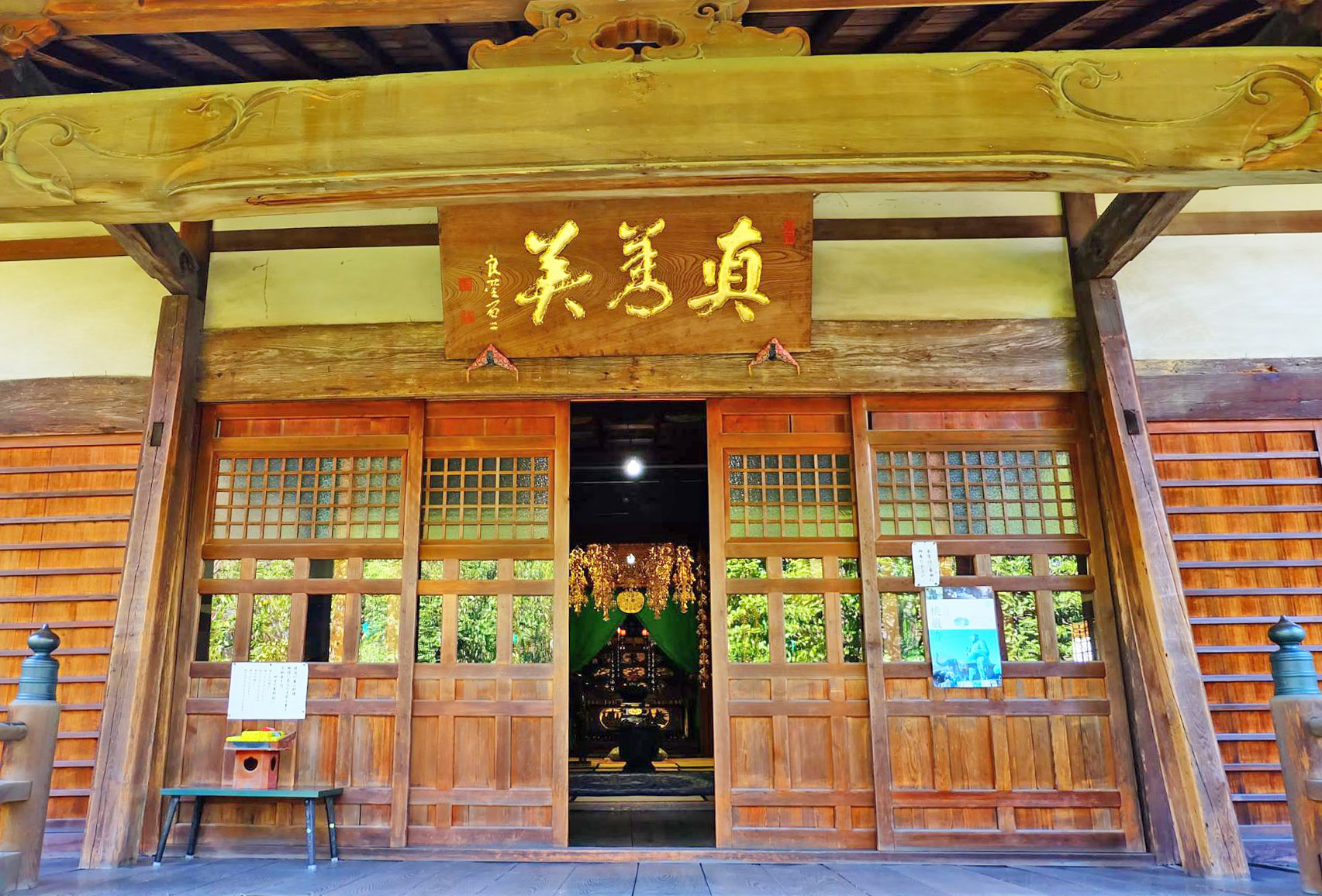
Officially called "Senryuzan Togan-ji Temple" of the Soto sect, the temple is named after Nobuhide's Buddhist name, "Togan Douken Daizen Jyoumon".
It was originally built near present-Honami cho Chikusa ward, Nagoya City, but was later moved to Shochiku-cho, but due to repeated flood damage, it was moved to its current location about 350 years ago.
The current head priest of Toganji Temple, which has such a long history, is the 27th generation.
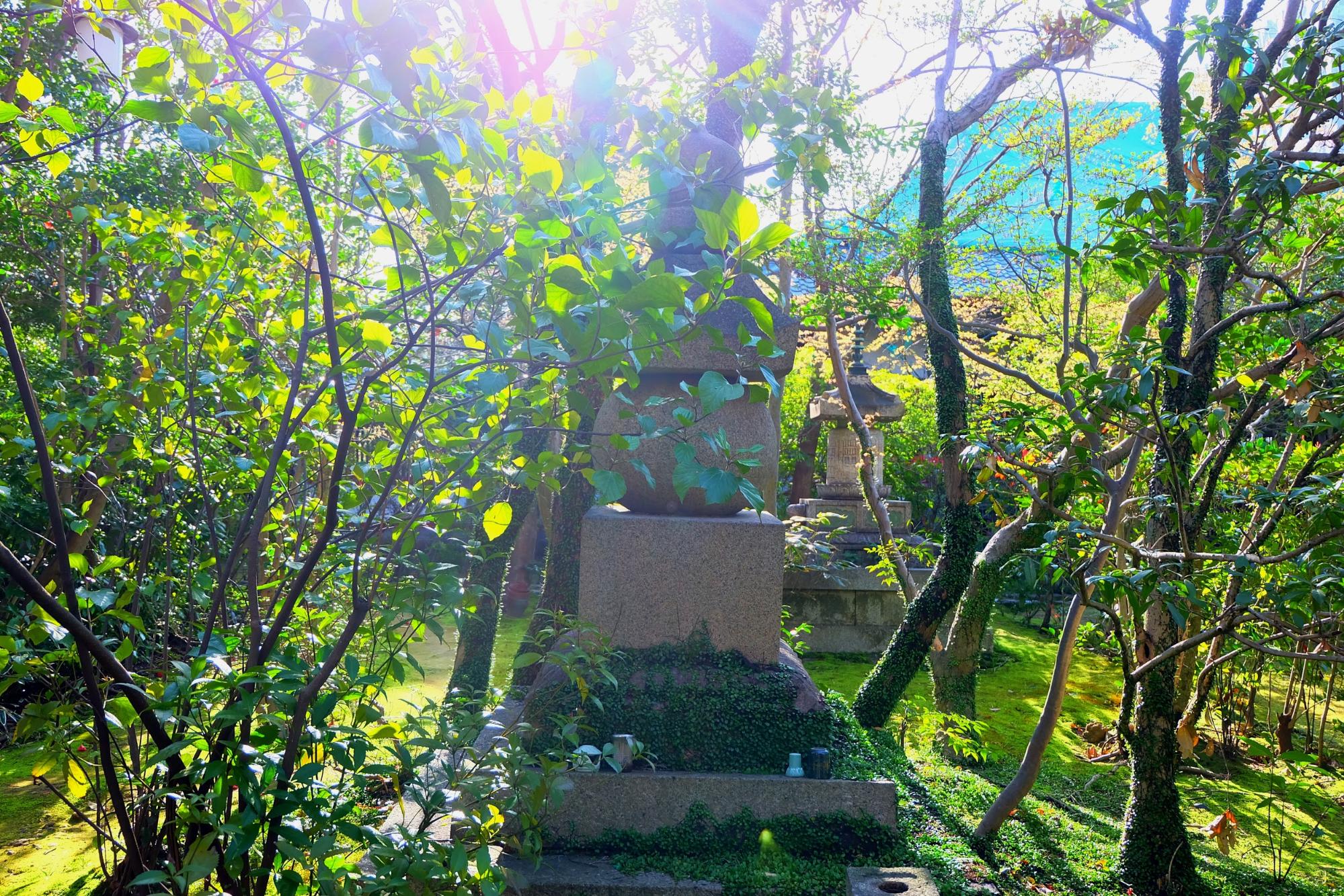
Nobuhide's grave is here. The five-ringed stone pagoda with five tiers of round and square stones was formerly located in the northwest of the old Suemori Castle, but was moved to its present location in 1951. It stands quietly on the left after passing through the Buromon Gate, so it is easy to miss it if you do not look closely. Standing in front of the gravesite, we join our palms in thanksgiving for the peaceful times that have passed since the war.
I went up to the main hall

The main hall is open to the public. The main sanctuary enshrines the Bodhisattva Sho-Kannon in front of the main hall.
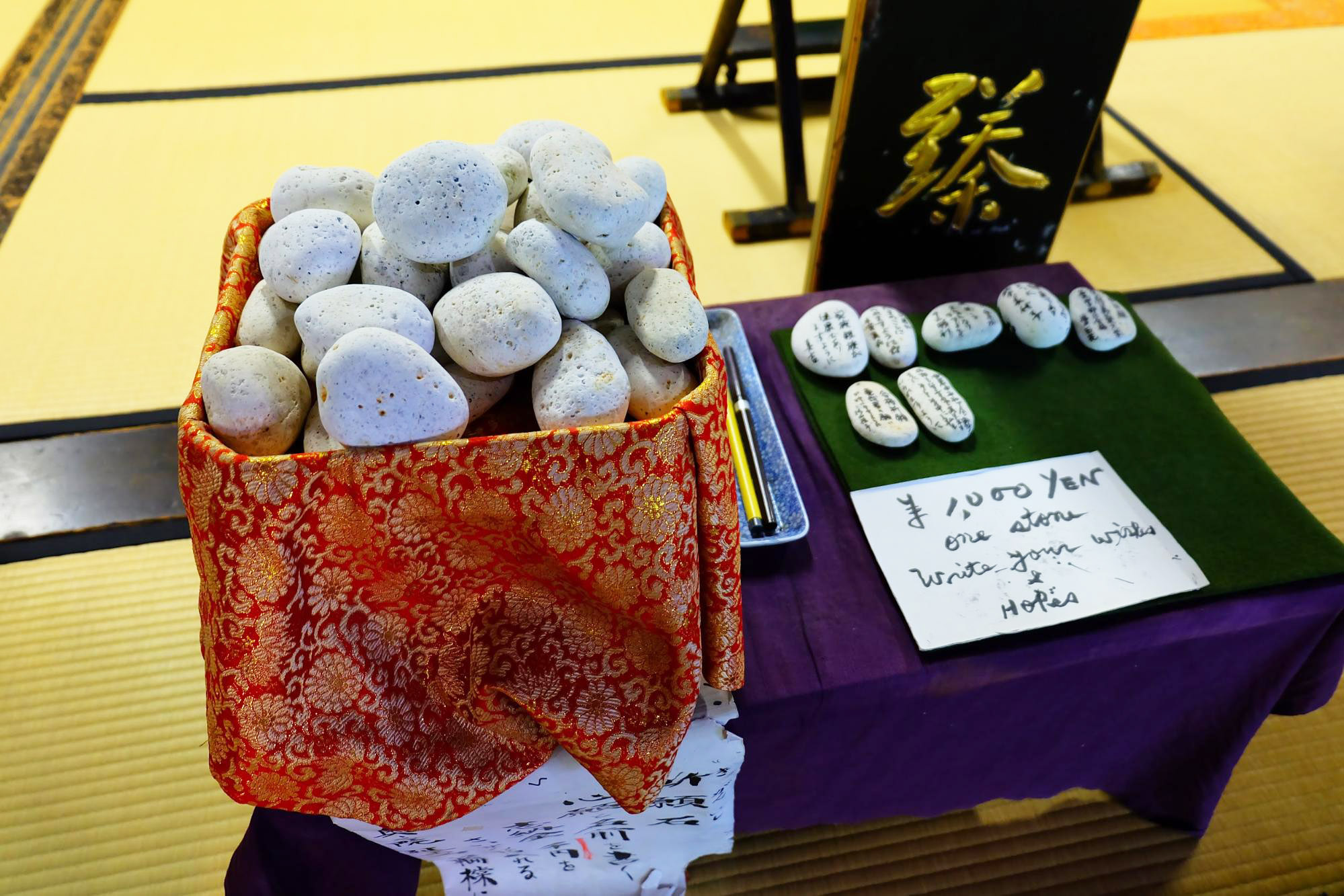
After worshiping, if you drop your eyes to the left, you will see a white stone. Visitors can dedicate a "prayer stone" (1,000 yen) with their names and wishes written on it.
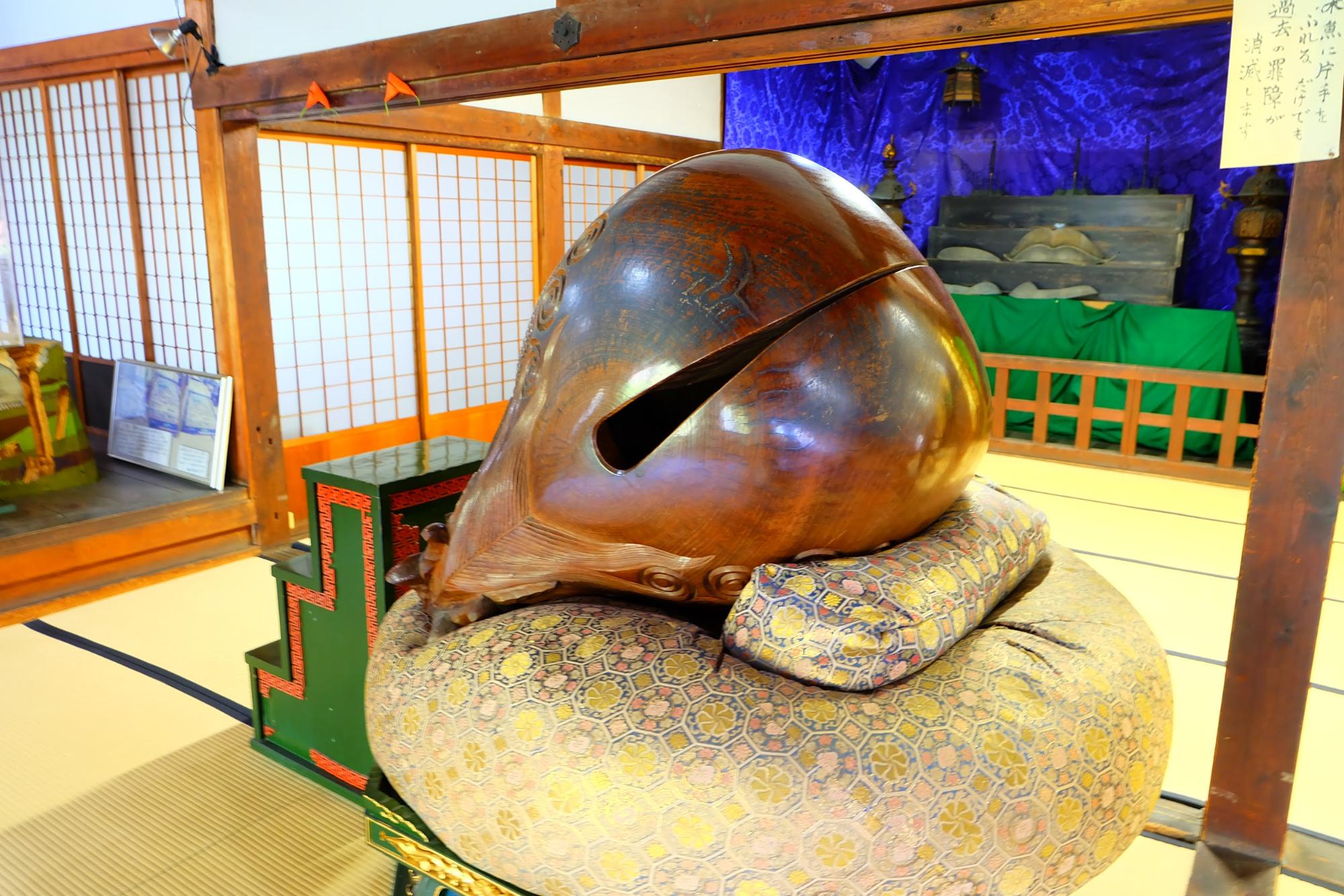
This huge wooden drum stands out in the main hall! Made from a 100-year-old camphor tree, it is the largest wooden drum in Japan, with a diameter of about 1 meter.
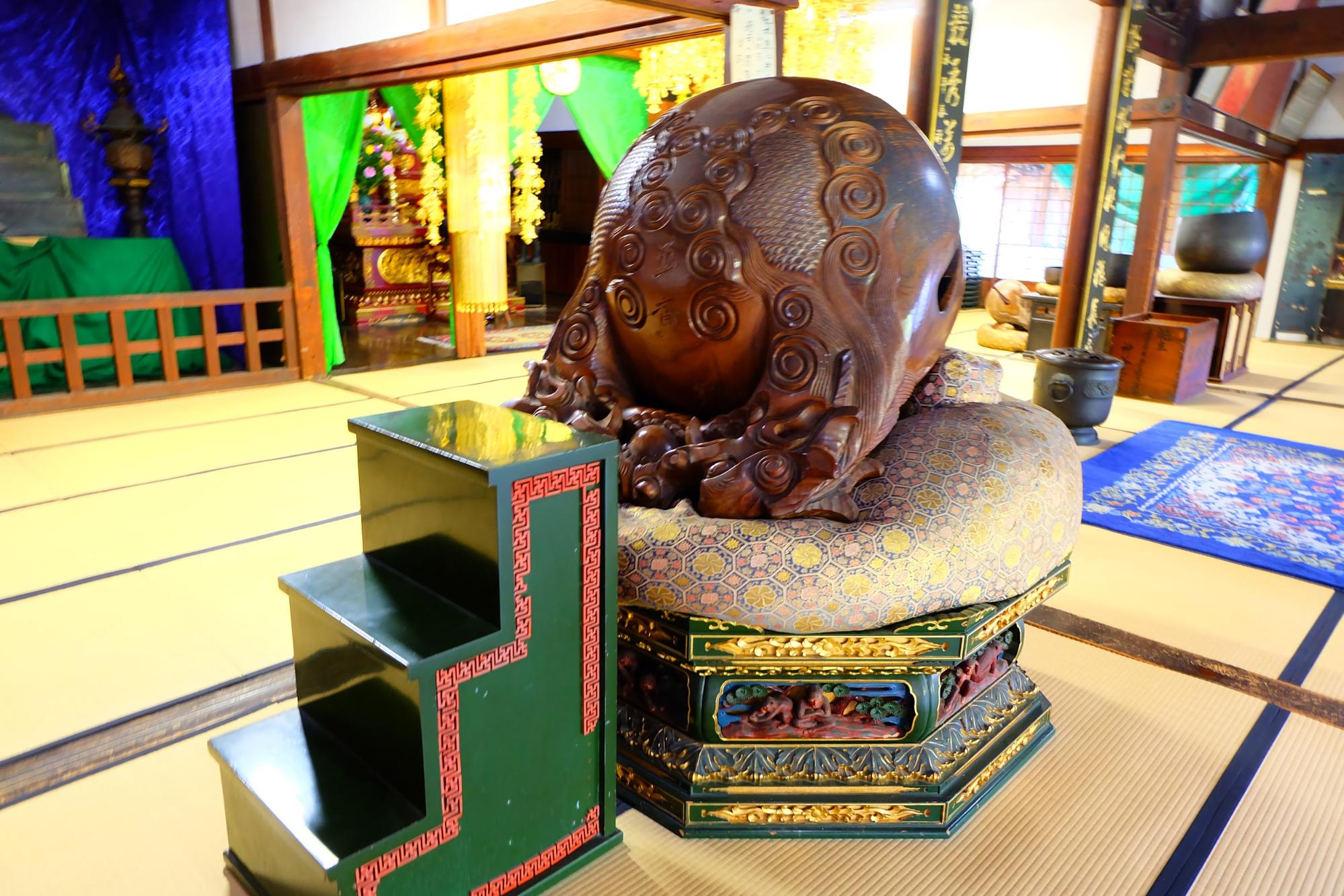
The stairs are kindly prepared so that even small children can touch it.
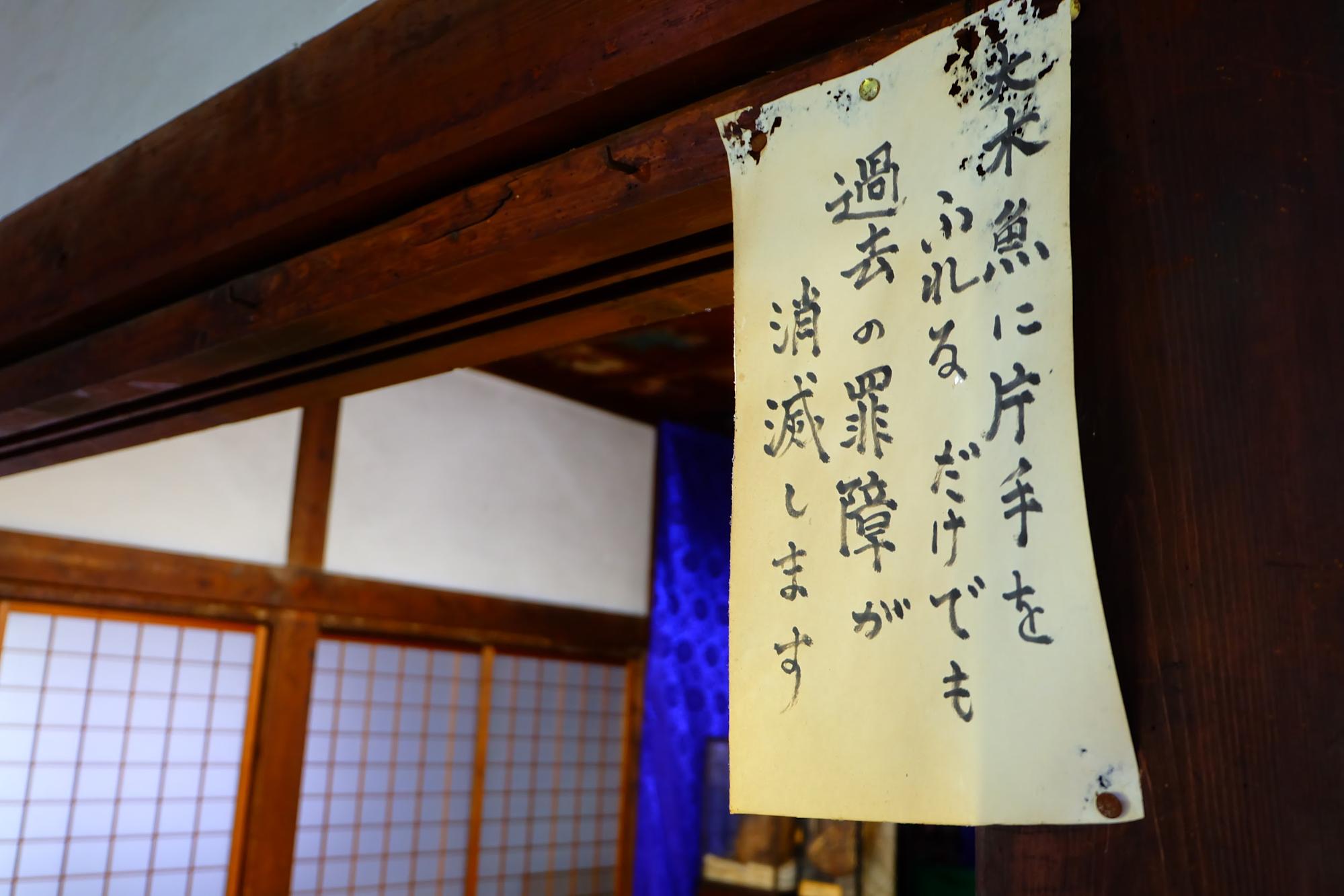
And when I actually touched this wooden drum, which is said to extinguish past misdeeds just by touching one hand, I found it to be smooth and smooth to the touch and cool to the touch, perhaps because it has been touched by various people, and it seemed addictive.
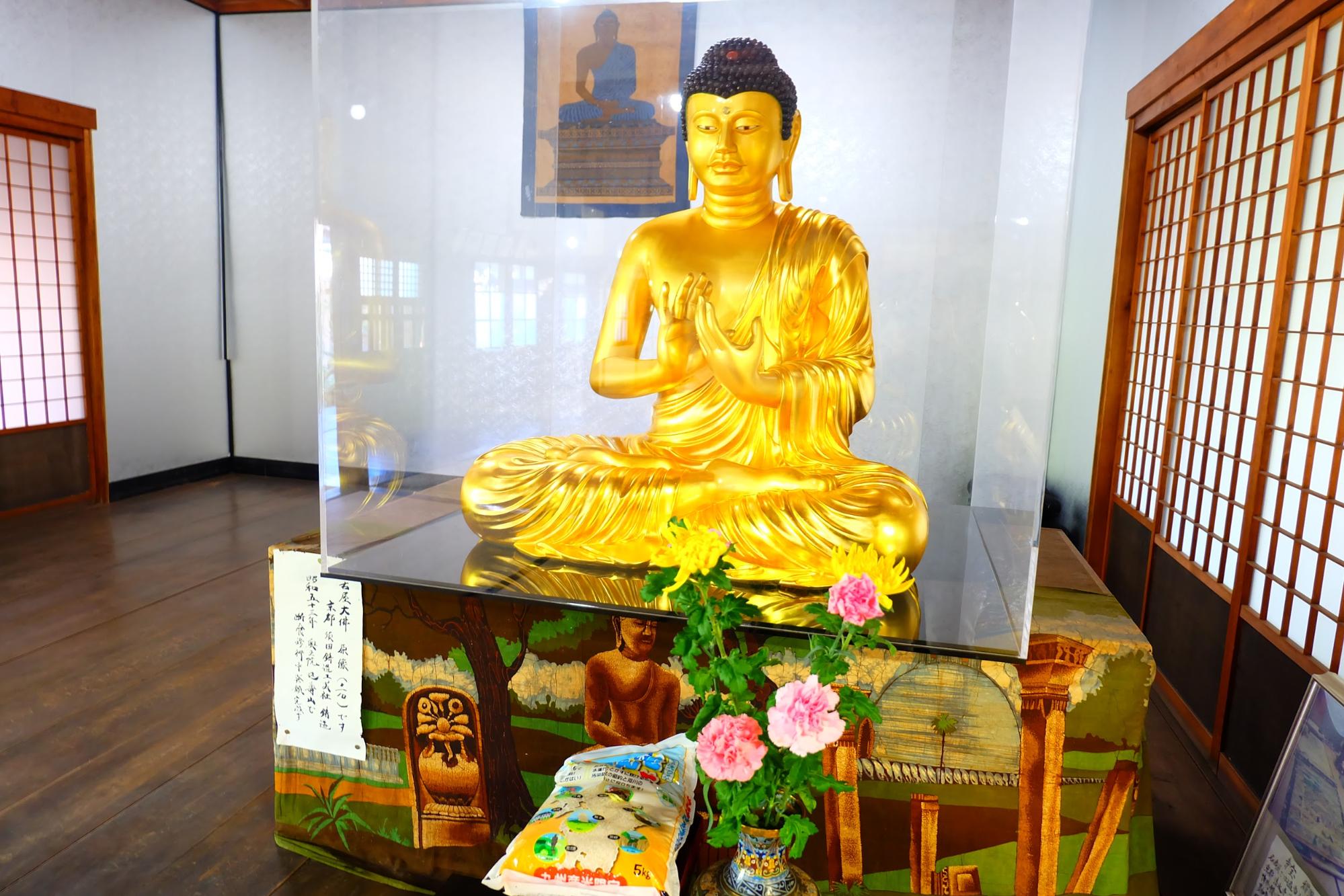
In addition, a one-tenth size miniature Daibutsu of Nagoya Daibutsu is also on display. This one is golden.
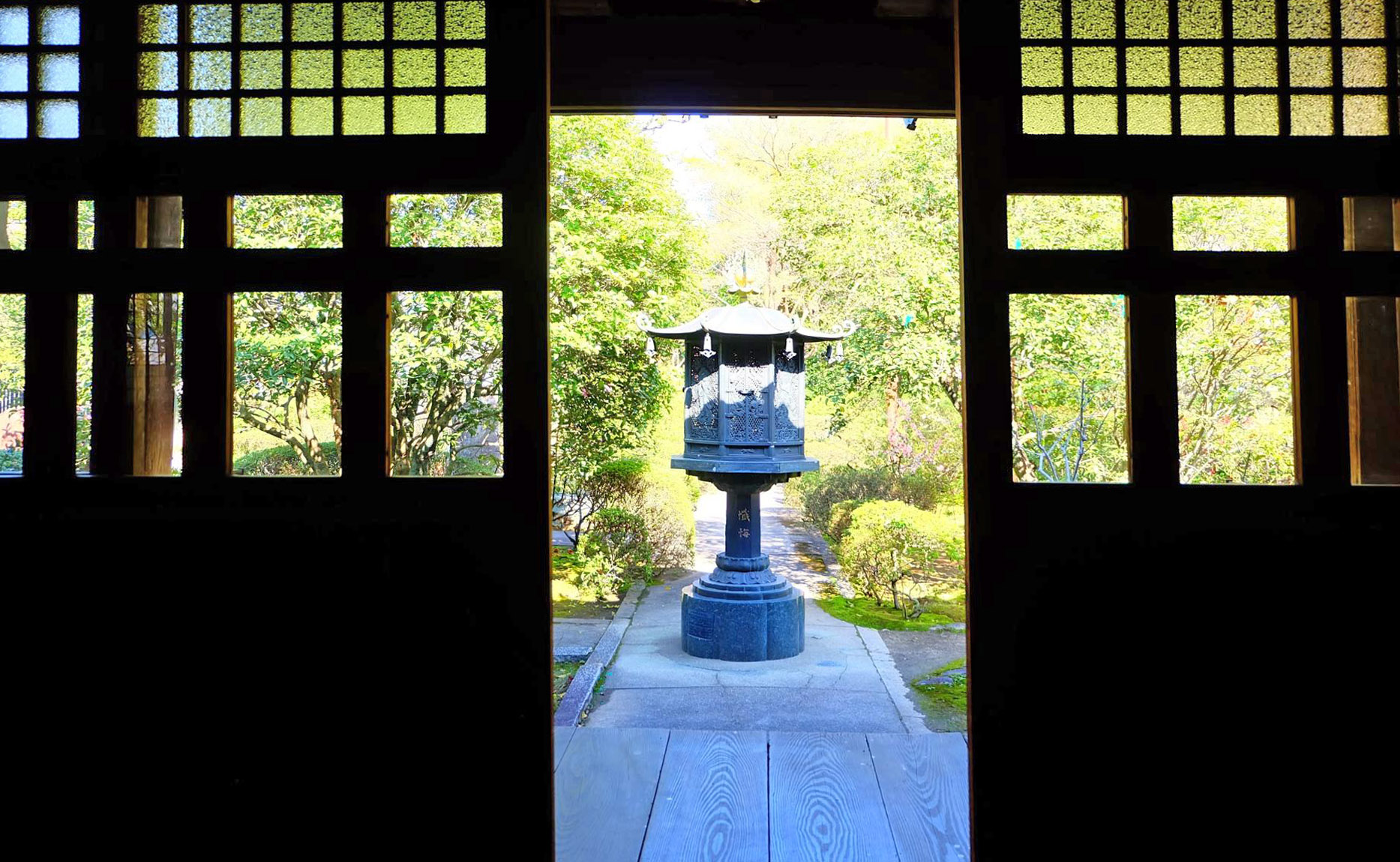
The view from inside the temple is also relaxing.
![[Nagoya] Find the Great Green Buddha, Sleeping Benten, and Japan's No.1 Wooden Drum at Toganji Temple |Outing Spots in Chikusa ward Nagoya>Shrines and Temples|Life Designs|Traveling and Living in Nagoya, Aichi, Gifu and Mie](https://life-designs.jp/wp/wp-content/themes/wp-templ/assets/img/common/logo.svg)

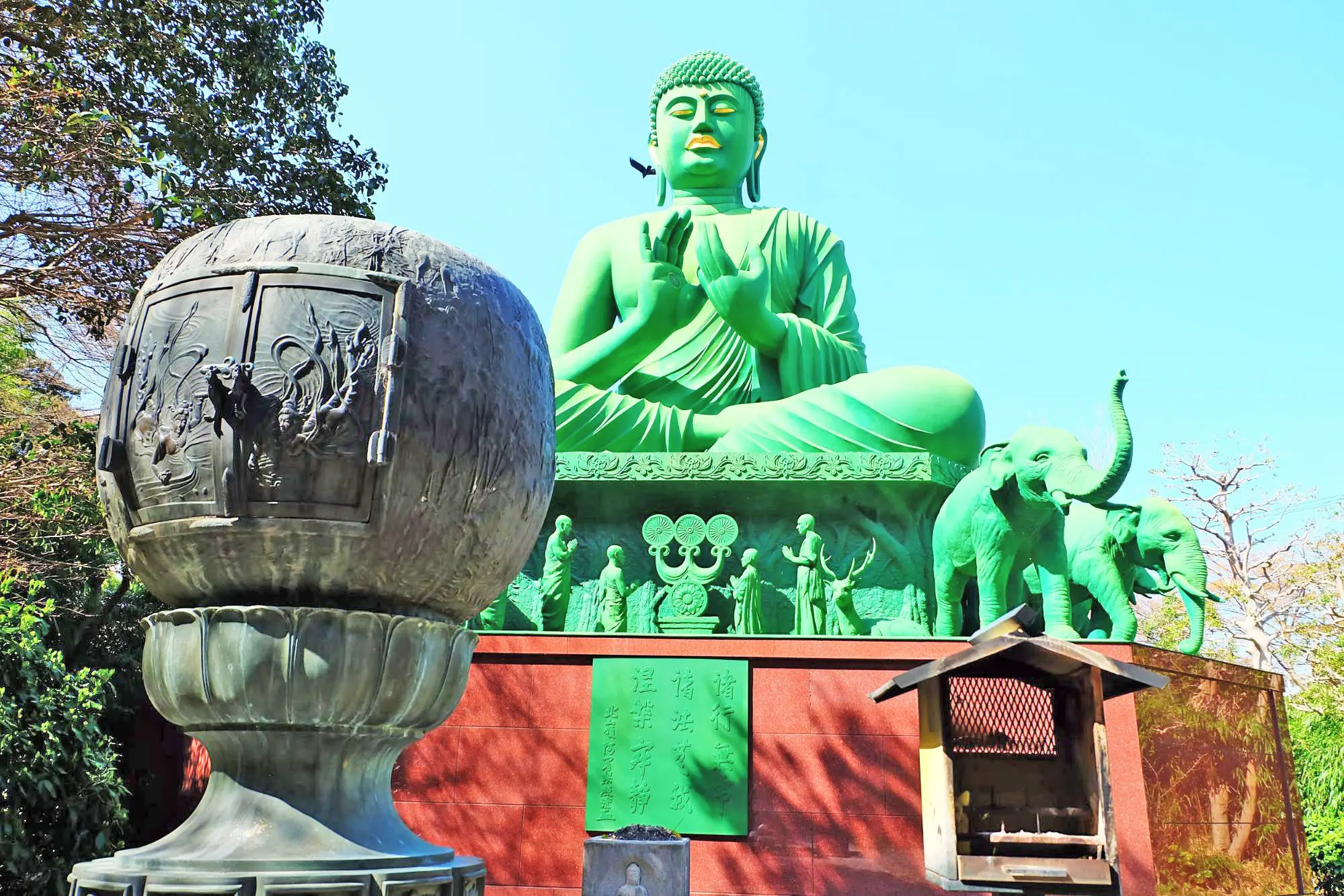
![[Tokai Area] Shrines and Temples](https://life-designs.jp/wp/wp-content/uploads/2022/03/4b6784b9a0a6f408160ee9c32a307138-1024x580.png)
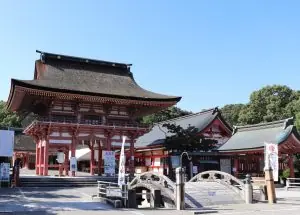
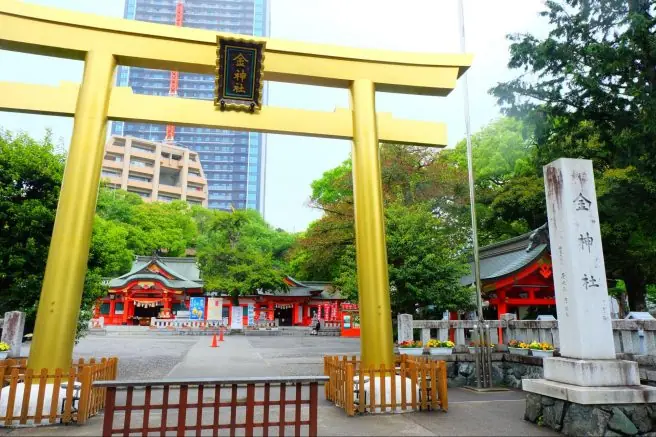
![[Nagoya, Osu] Let's go to Miwa Shrine, a Shrine of Marriage and Rabbits!](https://life-designs.jp/wp/wp-content/uploads/2020/02/image21-3-300x225.jpg)
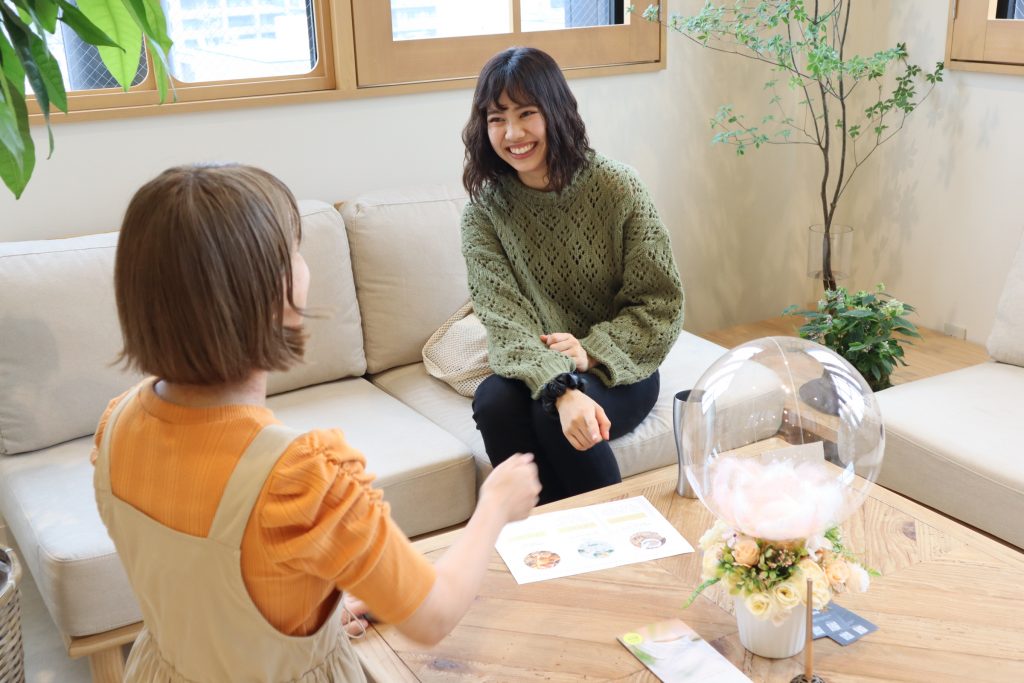

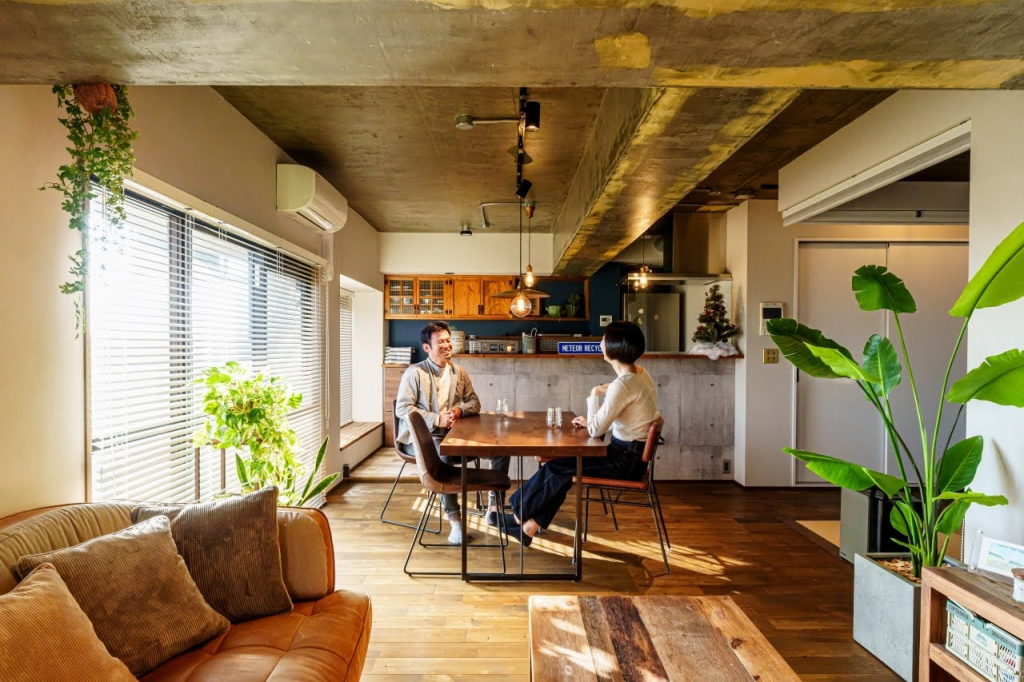

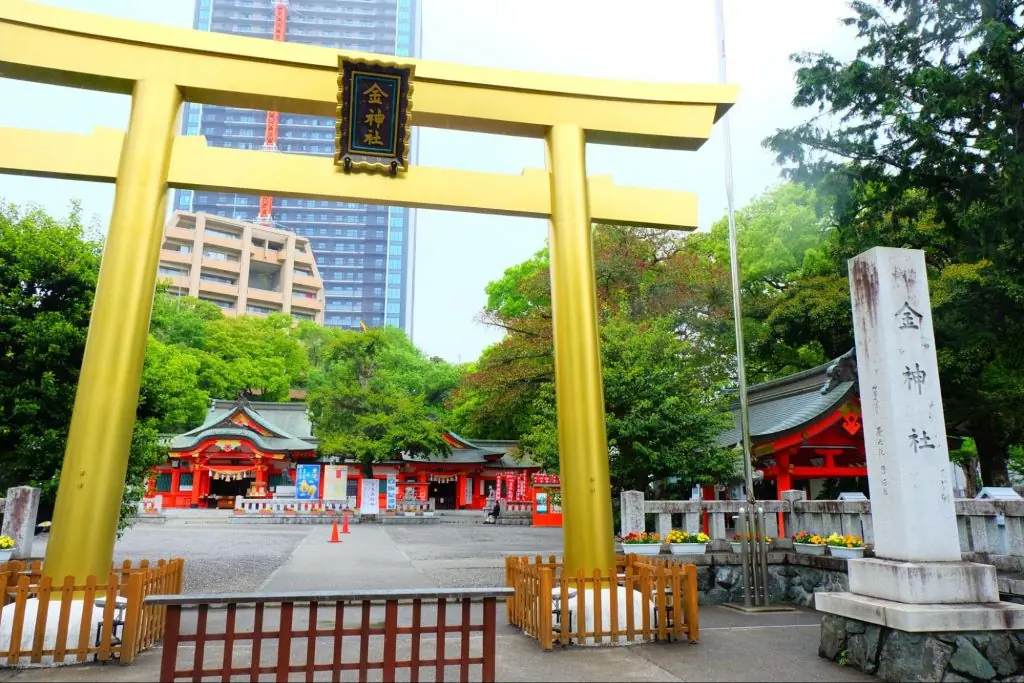
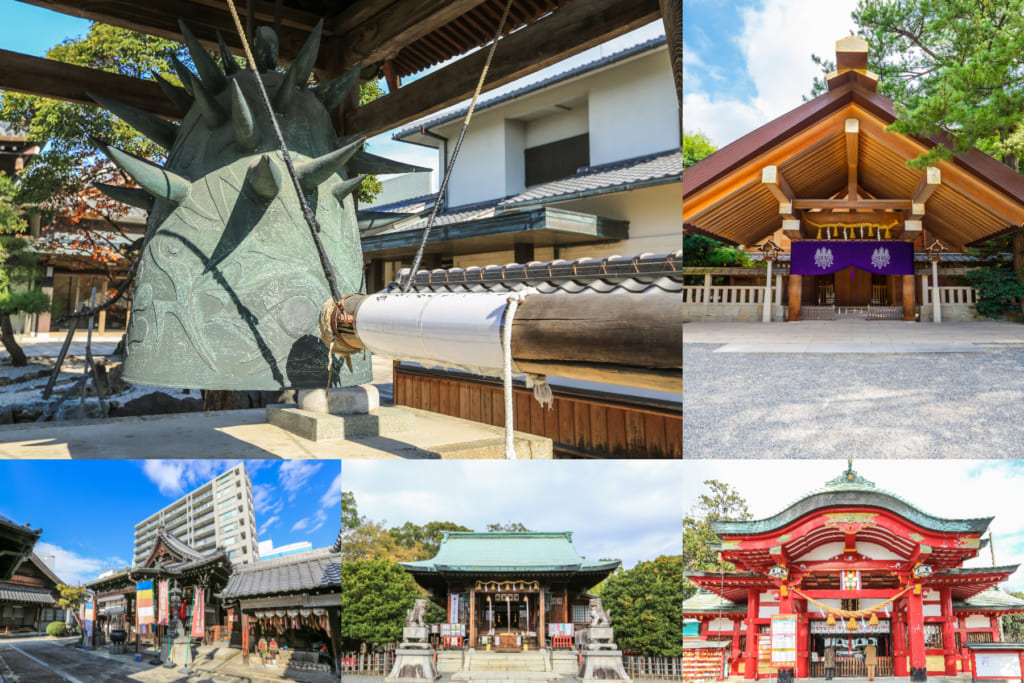



![[Indoor Facilities] Where to Go on Rainy Days in Tokai Area! For Family Outings!](https://life-designs.jp/wp/wp-content/uploads/2023/07/FotoJet-23.jpg)





![[Tokai Area] Scenic Spots which You'll Never Forget](https://life-designs.jp/wp/wp-content/uploads/2019/12/LD_banner_w1920x1088_prospect-1-768x435.jpg)
![[Enjoy Kuwana! ] From Classic to the Latest Spots](https://life-designs.jp/wp/wp-content/uploads/2022/11/Kuwana_w1920x1088-1-768x435.png)
![[Tokai Area] Place to Go on Rainy Days!](https://life-designs.jp/wp/wp-content/uploads/2022/03/f76405aaa33944a4ba88a131fbc56523-1024x580.png)
![[Osu Special Feature] A City of History and Uniqueness](https://life-designs.jp/wp/wp-content/uploads/2022/03/01_Osu-1-1024x580.png)
![[Nagoya-meshi] Nagoya's Speciality Dishes](https://life-designs.jp/wp/wp-content/uploads/2022/06/5ba2ca8c038fd4af7527bc0826367cfb-1024x580.png)
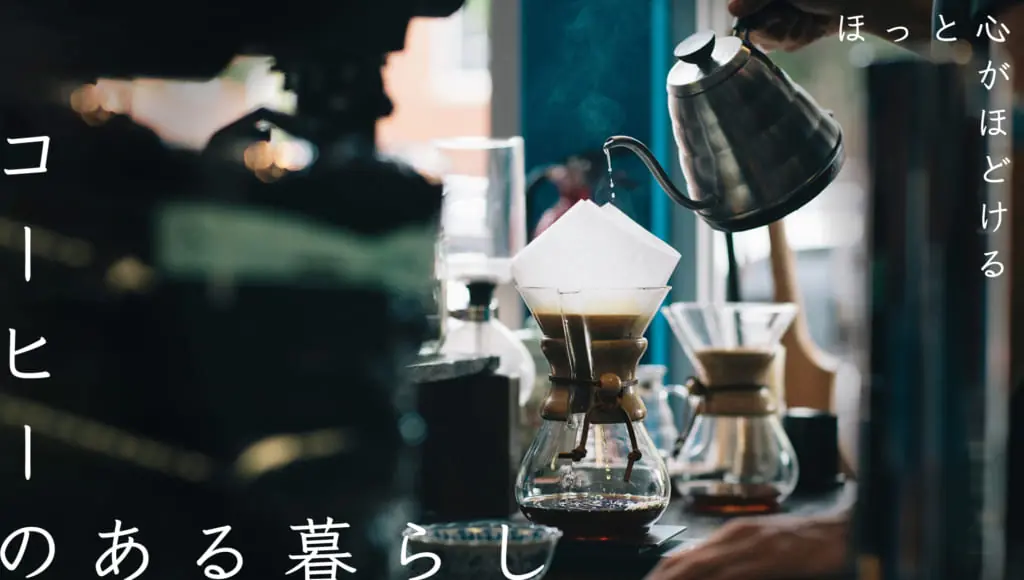
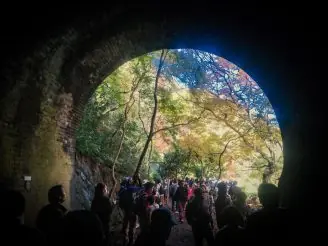
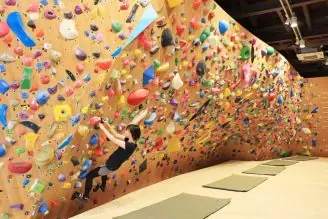
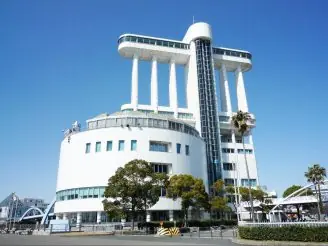
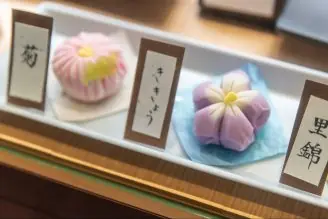

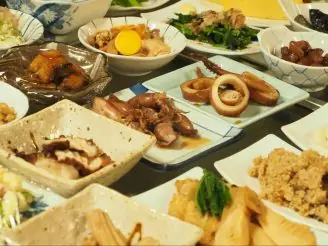
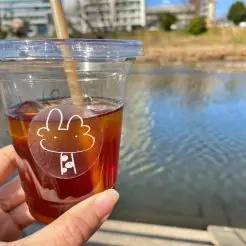

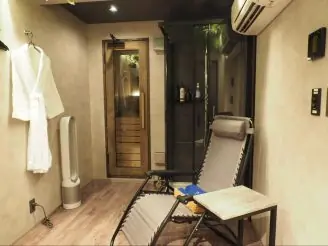


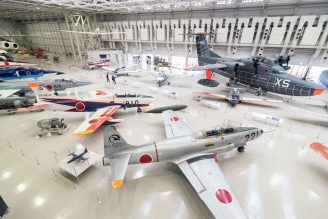
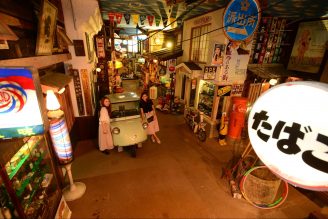
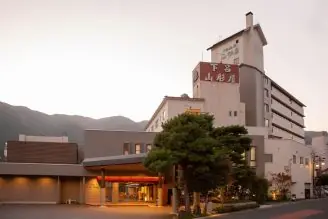

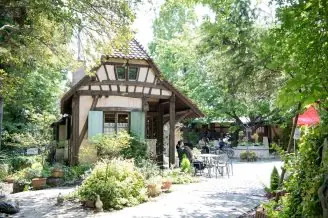

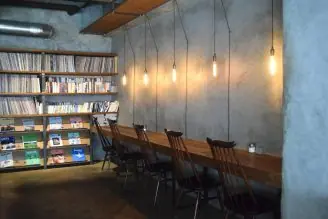
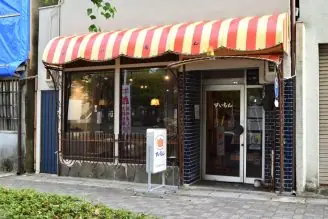
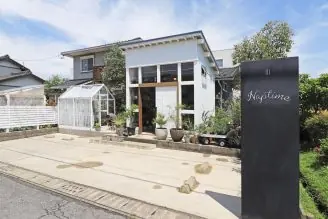

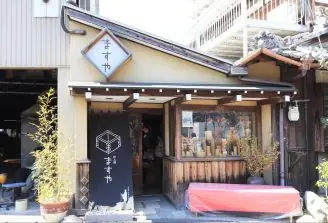
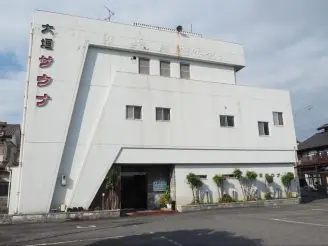
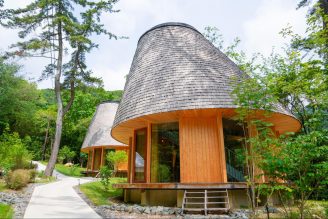
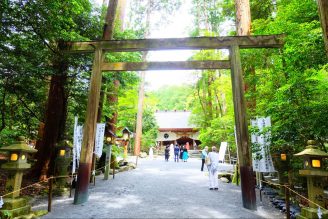
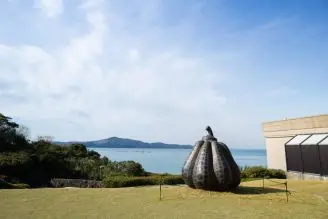
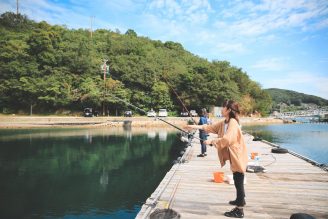




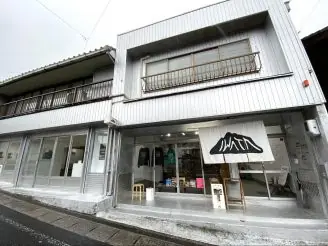
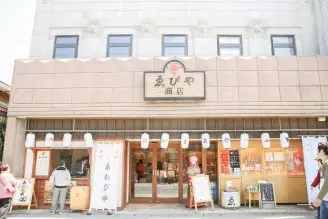
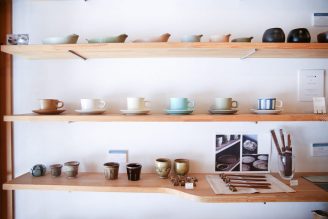
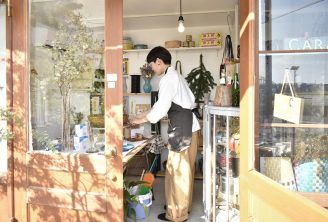

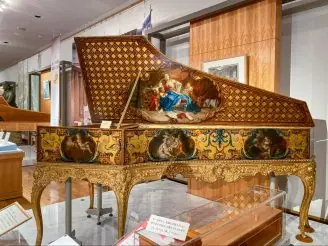
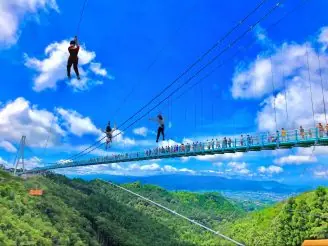
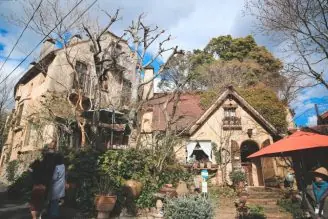




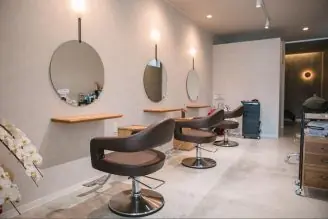


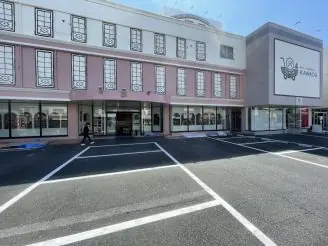
![Onigiri is hot right now! Summary of Osu's Onigiri Specialty Shops [5 selections].](https://life-designs.jp/wp/wp-content/uploads/2023/11/onigiri-1024x768.jpg)

![[9 Selections] Summary of Retro Coffee Shops in Nagoya](https://life-designs.jp/wp/wp-content/uploads/2021/11/image1-30-1024x683.jpg)
![[20 Selections] Nagoya Souvenirs: Non-Sweet & Recommended Snacks Available at Nagoya Station](https://life-designs.jp/wp/wp-content/uploads/2025/07/image3-2-1024x683.jpg)
![[Aichi, Gifu, Mie] 30 Family-Friendly Spots to Go in Winter!](https://life-designs.jp/wp/wp-content/uploads/2019/12/image21-1-768x543.png)
![[Within 2hrs by Car] 12 Outing Areas where You can Go on a Day Trip from Nagoya!](https://life-designs.jp/wp/wp-content/uploads/2023/07/odekake12_w1200h900_20240422-328x246.png)

